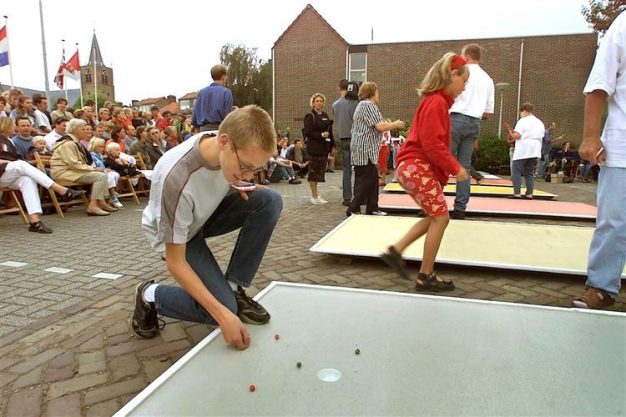
Children are at the core of creating inspiring places for play
Research findings reveal that although children, who are actively involved in designing natural playgrounds together with their parents share the same design principles, the design process had to be creative to capture children’s views and to receive valuable input and involvement from the children.
Child experts believe that creating imaginative, innovative and stimulating play spaces will enrich the lives of children and young people.
“A natural playground can contribute to social and cultural integration of children and their parents in any given living environment; and may very well be beneficial for the psycho-social and motoric development of children.”, explained Leo Rutjes, director and a researcher at the Alexander Foundation in the Netherlands.
Working to play
Researchers, who specialise in participatory youth research initiated a participation project in one of the municipalities of Amsterdam in 2009, in which approximately 180 children, their parents and local professionals and officials were actively involved in the design process of a natural playground facility.
“The active and creative input of children and parents were successfully integrated in the actual design of the natural playground facility in an Amsterdam park,” says Tarik Pehlivan, senior project manager at the Alexander Foundation.
“The research findings suggest that in their input children and parents have the following design principles in common: adventure, participation in nature, diversity (of users), natural education, safety, maintenance and sustainability,” added Pehlivan.
Diversified approach to the design
In view of the diversity of anticipated users of the future playground, the participation process was designed to fit a dynamic and flexible approach of different groups of children and parents, with the use of different working methods adapted to different groups, i.e.:
- Several one time only consultations with children and parents in public spaces, tinker and potter activities with local children during a municipal street festival, and a support meeting with stakeholders from local grass root organizations.
- Creative sessions with children (Junior Creators), and separately with parents and local professionals (Senior Creators) .
- Fun & Play days with children at different playgrounds, supported by participatory observation.
- Child Reporters, researching the design and participation process, interviewing other children and publishing their reports (online).
“The effectiveness of the aforementioned methods depends on the extent of input they generate for the actual design of the natural playground, and on the perceived effects on the active and voluntary involvement of children and parents with the natural playground,” explains Rutjes.
The researchers found that the outcomes and the level of the involvement of the children and parents during the project in Amsterdam were influenced by the following factors:
- physical proximity of participation activities within the actual living environment
- incremental logic of consecutive activities
- forms of interaction in accordance with the preferences of participants
- and finally the availability of pictorial or exemplary and illustrative materials supporting expression of their own views and creativity.
About Alexander Foundation
Alexander Foundation is a non-profit Dutch national research institute on youth participation that implements projects for those already working with or interested in working with youth participation.
Since 1993, the Alexander Foundation has been active in the area of participatory youth research and has set up training and coaching programs for children, young people and professionals that draw on a variety of participatory methods.




